Trees play a timeless role in educational settings, not only as aesthetic draws planted to beautify school and college campuses, but also as important elements of curriculum. As your students head back to school this month, consider the many ways that trees provide learners of any age with hands-on understanding of nature and nurture throughout many geographies and cultures.
- Science Education: Trees provide real physical spaces to teach students about plant biology, photosynthesis, tree species diversity, nutrient cycling, and the interdependence of species within ecosystems. Studying forests (both urban and rural) helps students grasp concepts like carbon sequestration, deforestation, biodiversity, and the impact of human activities on tree health, structure, and longevity.
- Art and Creativity: Trees can be subjects for practice of observational drawing, shading, color mixing, and interpretation. Leaves, bark, twigs, tree flowers, and tree fruit can all provide material for year-round craft projects.
- Literacy and Language Arts: Trees inspire creative writing exercises, descriptive essays about real experiences and memories that include trees, and poetry that comes from the traits of trees that speak to people. See the Vermont Urban & Community Forestry Program’s Growing Works of Art Contest for wonderful examples of trees featured in visual art and writing pieces by students in grades K-8.
- Mathematics: Students learn about real-world application of geometry by measuring the height and circumference of trees, then calculating tree radius, diameter, and even volume of wood. Collecting data about tree growth, leaf size, phenological changes, or even species diversity gives students chances to practice graphing and data interpretation.
- Social Studies: The historical use and management of trees has affected not only regional landscapes but also the history of the people who have tended, harvested, or planted these trees. From the first instances of sugaring (i.e. tapping maple trees) to the impact of the timber industry on public land, trees have driven regional and global economic trends for centuries.
- Cultural Practices: People’s physical comfort, habits, expectations, and even social holidays are affected by the species of trees around them and the history that they have with trees, both as individuals and as cultural groups. Learning about the ways that many groups of people decorate or interact with their local trees offers valuable insight into
- Civic Engagement: So many tree planting projects only happen with dedicated volunteer hours. Becoming involved in local tree planting and stewardship efforts teaches students about civic responsibility and the importance of taking care of the environment.
- Career Development: Learning about trees also involves meeting the people who care for and manage them. Students of any age can learn about careers in forestry, arboriculture, urban forest planning, community forestry, farming, conservation, and ecological planning.
- Sustainability and Climate Change: Trees and plants are the lungs of the planet. Understanding their impact on greenhouse gas emissions and management is an essential part of any students education at our current time.
- Outdoor Learning: Visiting parks, forests, or botanical gardens can provide students with firsthand experiences to learn about different tree species and ecosystems while providing a new destination for group learning. Nature walks on or near school grounds also teaches students that they can identify trees, notice their changes, observe related wildlife, and enjoy their beauty anywhere they live, work, or play.
